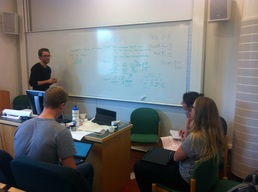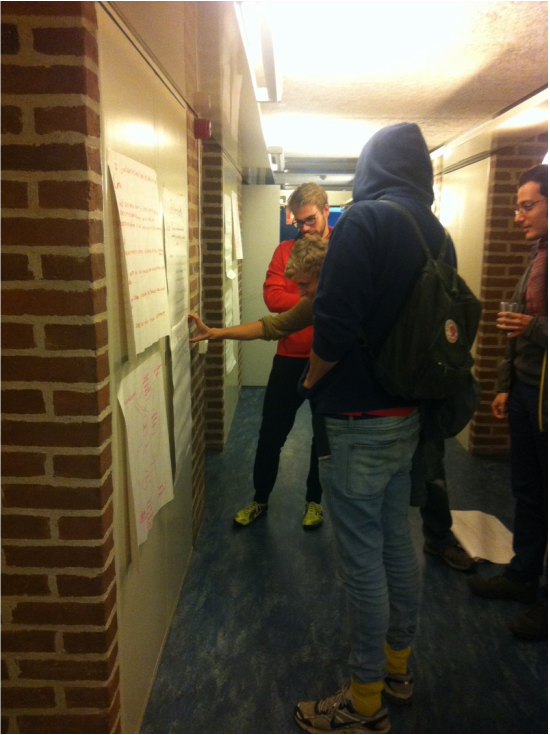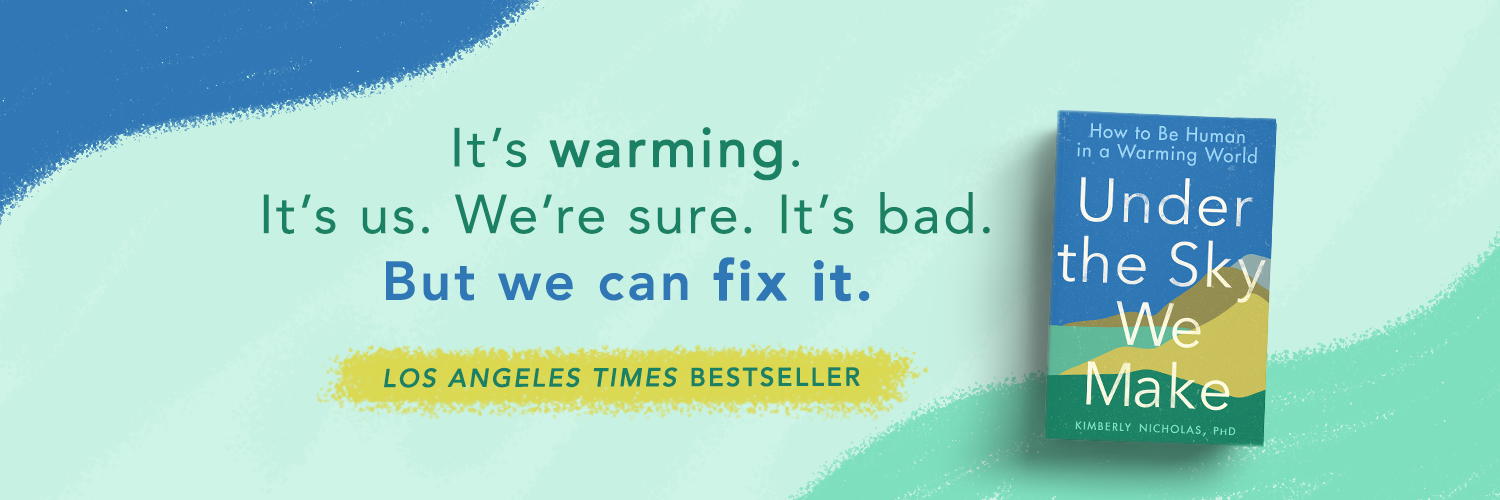As Diana Liverman wrote in the Washington Post, focusing on only the grim projections along our current trajectory overwhelms and depresses students, and makes them feel powerless to act. Rather than rallying them to unite against a negative future, this approach actually decreases the motivation that drove many of them to study the environment in the first place. Surely this is not why professors want to teach, to extinguish rather than fuel their student's fires.
Fortunately, there are solutions to turn the tide on climate change. As the world gears up for a UN conference in Paris in December 2015, where all countries are supposed to reach an agreement about greenhouse gas emissions, there has been a recent flurry of climate action and proposals, from the US-China climate deal to limit carbon emissions to grassroots campaigns to divest- moving financial investments away from fossil fuels. I've designed a teaching activity for master's students in my Earth Systems Science course to discuss and debate a range of climate change solutions. It fits within the framework I've used to design my teaching on climate change, which consists of five points that I first heard articulated in a lecture by Jon Krosnick at Stanford, based on his research with colleagues: it's warming, it's us, we're sure, it's bad, and we can fix it. People need to understand all of these points to get the whole picture of what climate change is, why it matters, and to be motivated to address it. It's essential to include the last point to leave students inspired rather than depressed.
Comments are closed.
|
Categories
All
Archives
November 2023
|
KIM NICHOLAS


 RSS Feed
RSS Feed

